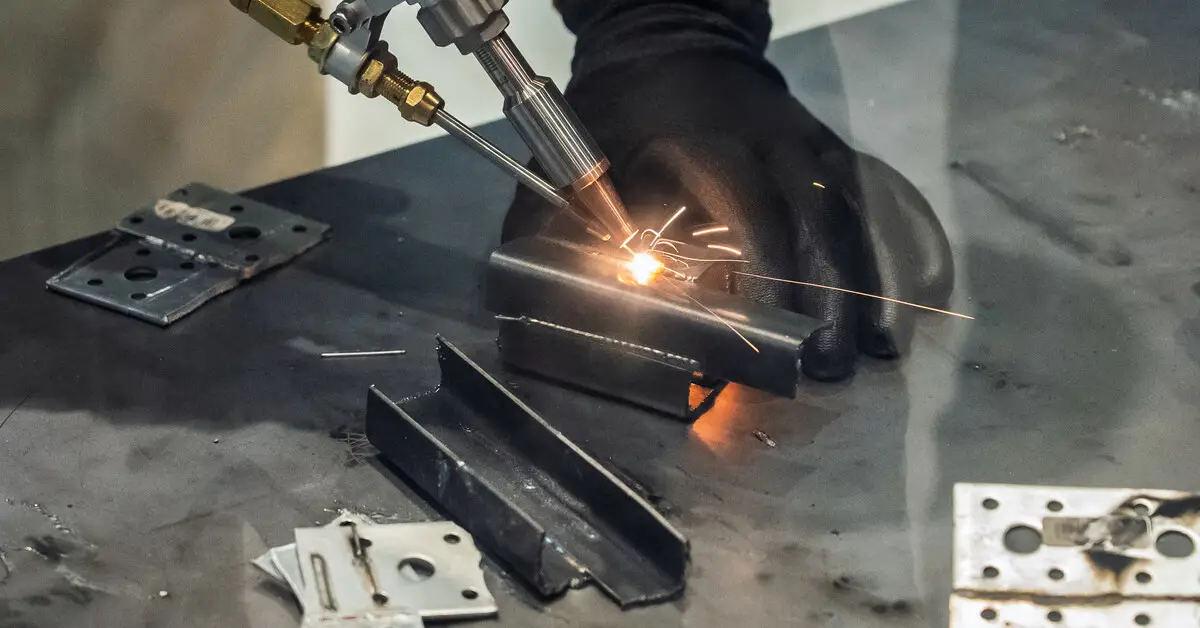
Choose the right welding head to achieve great results. It directly impacts precision, efficiency, and welding quality. The right choice improves your work when tackling a specific task, handling different pipe sizes, or working with various materials. This guide provides tips and examples to help you find the perfect tool for your project.
Understanding Project Requirements
Before choosing a welding head, analyze your project needs. Start by evaluating the material type and thickness. Thicker materials require welding heads with higher heat and deeper penetration, while thinner materials need more control to avoid overheating or warping.
For instance, stainless steel piping in food industries may need a multipass welding head for consistent, defect free joints, while structural steel often works well with simpler single-pass heads.
Versatility of the Welding Head
No two welding jobs are exactly the same. That’s why a versatile welding head, capable of tackling different joint profiles, is advantageous for any welder.
The M3 pipe spool welding machine is an excellent example of how technology accommodates versatility. Paired with the appropriate welding heads, it efficiently handles complex pipe connections with precision in high-volume operations, like in piping fabrication shops or industrial facilities requiring multiple intersecting spools.
Project Environment Considerations
The welding environment also affects which tool is appropriate. Outdoor projects require heads that can handle wind and other conditions impacting shielding gases.
Gas tungsten arc welding (GTAW) heads excel in clean, controlled settings where aesthetics and precision are a priority, such as aerospace or specialty manufacturing. In contrast, flux-cored arc welding (FCAW) heads perform better in tough outdoor conditions like oil field piping or steel assembly.
Matching Welding Head Features to Needs
Different welding heads come with varying features. Automatic welding heads, for example, excel in efficiency and reduce operator fatigue.
These might be ideal for long, repetitive welds seen in piping lines or structural elements. Manual heads offer greater control over smaller, more intricate welds. Balance your decision based on the project’s complexity and volume.
Durability and Maintenance
Durability and ease of maintenance are vital in making the selection. High-quality welding heads made with robust materials stand up to extensive use without degrading performance, reducing downtime for repairs or replacements.
Invest in a unit that supports readily available replacement parts. For instance, modular-designed heads with easily detachable components require less maintenance time when shifting between materials or welding types.
The Right Fit for Your Applications
Choosing the right welding head for your project boils down to understanding the technical needs and confirming that the welding head aligns with the scope, environment, and functionality demands. The right system enhances productivity and ensures the welds meet the job’s standards.
Start by mapping out your project details and comparing welding head capabilities to your specifications. Partnering with experts like us at SEC Industrial can provide valuable guidance and access to versatile, high-performance equipment such as the M3 pipe spool welding machine, helping to secure your project’s success.